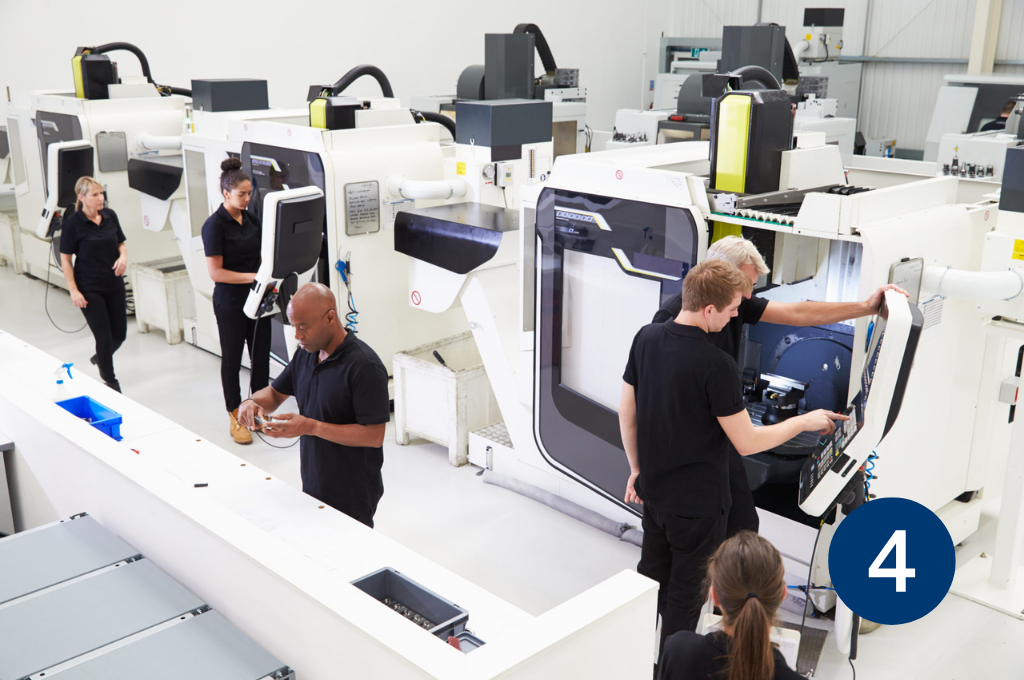
All machining processes of West Coast Chipmaker Inc. (name changed) are specified in relation to the 12 CNC machine they use, the great variety workpieces they manufacture and of course the tools. This incredibly powerful database has boosted engineering efficiency a great deal. But there’s one thing left for Laura the CAM engineer to learn: Industrial engineers are not the center of the world.
Hey, who runs the CNCs ? Who runs the tool crib? That’s right! Somebody has to bring the tools to the shop floor, build the tool assemblies in real life and physically set up the CNC machines. “My biggest challenge are stock outs”, complains the crib manager. “Laura, however well your team engineers a process, if we don’t have the tools at hand or can’t find the tool components we need in time, the CNC will be idle”. Tell me how do we keep track of the tool assemblies and the related tool items (even if we have cut those down by 20% to “only” 1,800) shuttling back and forth between the tool crib and 12 CNC machines?
“Not my job”, says Laura the CAM engineer. But then again: “What does it take for our database to not only see the tool types we use, but also how many we have of each item, in which condition they are and where they are located?”
Not much: Just a “logistics level” to add tool storage locations. And of course the ability to handle tool instances, not just tool types. So that you can tell: “Of this 0,5 inch milling cutter we have a total of 100 pieces, 60 in the tool crib, 5 at the “Mazak”, 35 in cutter grind”.
Can ToolsUnited do that? Absolutely, there’s a shop floor and procurement module available. West Coast agreed to the final up-grade. Was it worth it?
Well, as a direct consequence of the up-front engineering work the tool inventory has been reduced by 30%. More importantly, however, machine downtimes due to stock outs and faulty set ups tools were reduced by 9% in the first year alone. Doesn’t sound like much? West Coasts CNCs are scheduled to run 2,000 hours a year. Idle time due to missing/faulty tools averaged 18% per machine. And that was cut by more than 50%. 360 hours/machine per year, with West Coast hourly rate of $ 190 that $ 68,400 worth of manufacturing capacity for each machine!
What began three years ago as a Tool Engineer’s journey became the biggest productivity boost in West Coast’s history. In retrospect, clearly a no-brainer for the management to decide. Ask yourself: Why are we different?